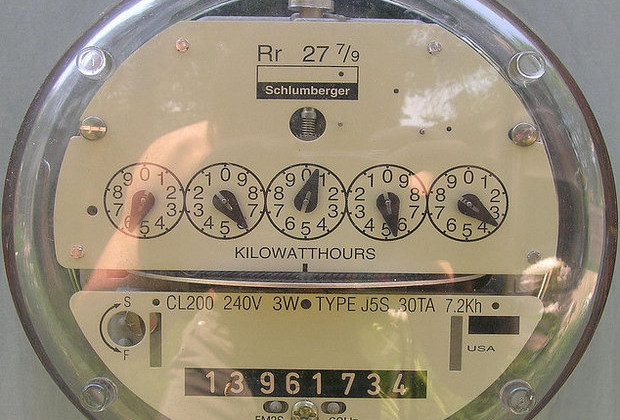Pushing the Envelope of Green Building
As energy efficiency products become more mainstream and many localities adopt enhanced green building standards (for example, California), green building rating systems must adapt to a changing landscape and continue raising the bar on building performance. Two current rating systems are the relatively well-known Leadership in Energy and Environmental Design (LEED) systems and the less well-known Living Building Challenge Certification.
Leadership in Energy and Environmental Design
The U.S. Green Building Council (USGBC) governs the LEED rating systems which it describes as a “voluntary, consensus-based, market-driven program that provides third-party verification of green buildings.”
Now 13 years old, the LEED rating systems have been used to certify projects in 135 countries. LEED rating systems can be applied to a variety of building project types including home construction, commercial buildings, existing building operations and maintenance, community development and more. The program offers certifications at four levels (certified, silver, gold, or platinum) depending on how many rating “points” the project earns.
The specific green building requirements vary depending on the rating system a project applies under, but the main categories in which projects can earn credit towards certification include: sustainable sites, water efficiency, energy and atmosphere, materials and resources, and indoor environmental quality. Projects can also earn bonus credits for particularly innovative techniques, or for addressing environmental issues specific to their location.
LEED is frequently updated based on continued research and input from USGBC staff and volunteer committees. LEED Version 4 is next up and according to USGBC, is anticipated to include changes like new market sectors (for example, data centers), increased technical rigor (for example, life cycle analysis of materials), and streamlined services including an improved LEED Online platform for applicants.
Living Building Challenge
A relative newcomer, the Living Building Challenge was launched in 2006 as a standard available to the public. The Living Building Institute (LBI) was founded to administer the challenge and certified its first projects in 2010. The LBI describes the challenge as “the built environment’s most rigorous performance standard. It calls for the creation of building projects at all scales that operate as cleanly, beautifully and efficiently as nature’s architecture.”
The program offers three levels of certification (petals, net zero energy, or full certification). The challenge takes seven building performance categories into account including: site, water, energy, health, materials, equity and beauty. Projects must be operational for 12 months prior to being evaluated for certification so that the certification can be based on actual performance. The challenge includes 20 requirements, most striking of which include the requirement that the project be energy and water self-sufficient.
As the New York Times reported this week, the Bullitt Center in Seattle claims that it will be the greenest commercial building in the world when it officially opens on April 22, 2013. The project is seeking Living Building Challenge certification and includes water-related features like a green roof, composting toilets, grey-water treatment, permeable pavement and green stormwater infrastructure, all in the name of protecting nearby Puget Sound. The building will use solar arrays to generate as much power as it uses, with strict metering for tenants.
While every green building rating system has its critics and proponents, these two seem to be continually raising the bar in building performance. Considering that buildings can take a significant portion of a country’s resources (39% of U.S. energy use goes to buildings (PDF)) and that there is a growing/modernizing world population, a continued effort to improve building performance will be critical to resource and environmental protection efforts in the future.
How “green” is your home or office? Have you ever worked with a green building rating system? We’d love to hear your thoughts on the pros and cons!



I definitely had not heard of the Living Building Challenge Certification prior to reading this today. Great article! Recently a number of my company’s offices have relocated with the primary goal of reducing our overall energy consumption by moving to more sustainable office spaces. Our office relocated to a LEED certified building just over a year ago, and one of my favorite aspects of the move was the focus on finding a space that utilized primarily natural lighting.
I would also be interested to know if folks who live/work in green buildings find it easy/difficult to keep it running green. From what I understand, buildings can be built green, but it takes conscious effort and/or monitoring to make sure the building is being run/used in the most efficient manner.